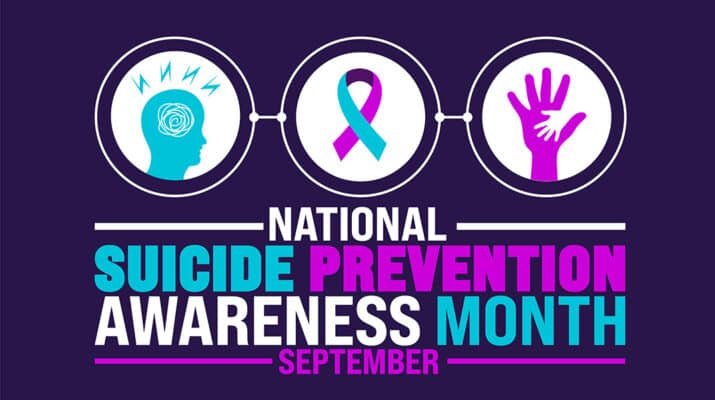By Deborah Jeanne Sergeant
Almost 46,000 Americans died by suicide in 2020 and 49,000 in 2023, according to the Centers for Disease Control and Prevention.
That equates to one death every 11 minutes.
Suicide remains a leading cause of death in the US. The CDC further stated that about 12.8 million people seriously considered suicide, 3.7 million developed a plan for their suicide and 1.5 million attempted it.
The Onondaga County Health Department can help people who are struggling find the help they need.
“It might be very hard for people to open up about this,” said Alexis Quinn, public health educator with Creating Healthy Schools and Communities, part of the Onondaga County Health Department. “It’s a very serious thing. Some might be ashamed or worried about seeking help and the consequences. It’s very important to reach out for help.
“The biggest thing to do to help yourself is to make sure you’re checking in with your loved ones, even people you’re not close to. Have that open dialogue about mental health and make sure you’re taking care of yourself and others and breaking the stigma.”
Numerous mental health providers treat depression and anxiety, which are typical precursors to considering suicide.
The Mayo Clinic lists as suicidal warning signs:
• Talking about suicide — for example, making statements such as “I’m going to kill myself,” “I wish I were dead” or “I wish I hadn’t been born.”
• Getting the means to take your own life, such as buying a gun or stockpiling pills.
• Withdrawing from social contact and wanting to be left alone.
• Having mood swings, such as being emotionally high one day and deeply discouraged the next.
• Being preoccupied with death, dying or violence.
• Feeling trapped or hopeless about a situation.
• Increasing use of alcohol or drugs.
• Changing normal routine, including eating or sleeping patterns.
• Doing risky or self-destructive things, such as using drugs or driving recklessly.
• Giving away belongings or getting affairs in order when there’s no other logical explanation for doing this.
• Saying goodbye to people as if they won’t be seen again.
• Developing personality changes or being severely anxious or agitated, particularly when experiencing some of the warning signs listed above.
For people who are in imminent danger, call 911 or transport them to the nearest emergency department. For some people, suicide may be only a thought right now, but their mental health issues need treatment.
Avoid dismissing someone’s comments about suicide and don’t feel too uncomfortable about the topic to pass it over. Those contemplating suicide need to feel like others are really listening to them without judgment. Skip words like “commit suicide” as they can stigmatize people considering taking their life.
Knowing someone else cares can make a big difference. Listen to what they have to say without trying to correct them.
Many people considering suicide will hesitate calling someone for professional help. Making the appointment with them and offering a ride can facilitate receiving the mental healthcare they need.
Rest assured that discussing suicide will not “give someone the idea” or push people to attempt it. If they’re not thinking of suicide, they will probably feel touched that someone cares enough to check on their mental state.
Anyone struggling with thoughts of suicide or who knows someone who is struggling should call 988 and in an emergency, dial 911.

